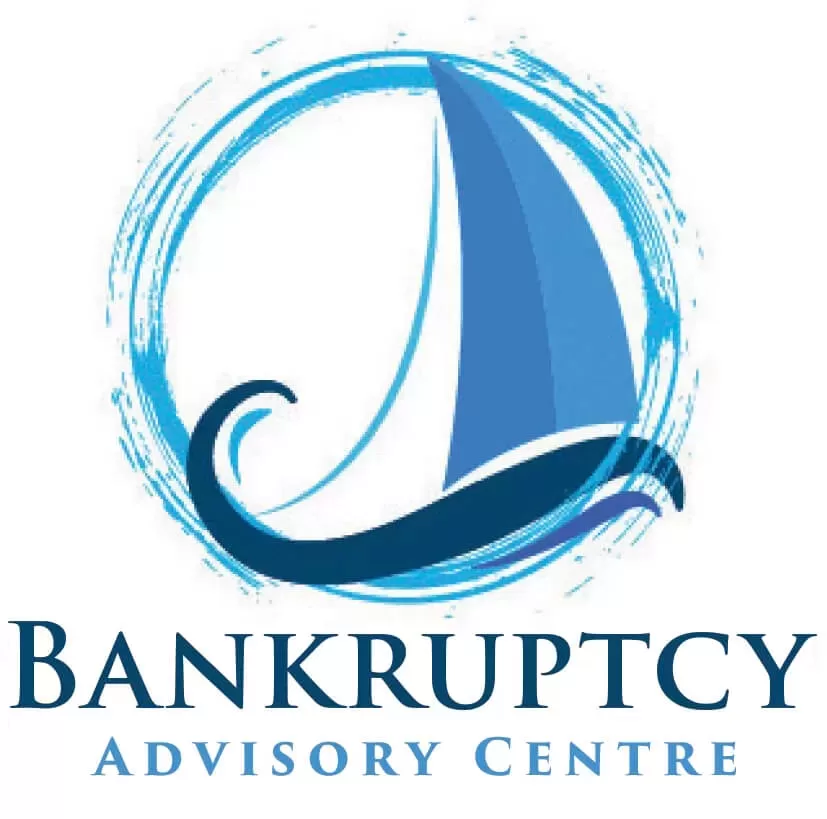Personal Insolvency in Australia: Options and Implications
Experiencing personal insolvency can be a highly distressing and overwhelming experience, particularly if you are unsure of the solutions available to you or the potential implications of each option. Personal insolvency occurs when an individual cannot meet financial obligations, such as repaying debts or covering necessary expenses.
Various personal insolvency options exist in Australia, each with particular nuances and outcomes. Understanding these options, their legal implications and their potential impact on your financial future is vital for making informed decisions and confidently navigating your path to resolving personal insolvency.
By examining each option in detail, we aim to provide educational, informative, and helpful insights into addressing and resolving personal insolvency. We will also shed light on the potential implications of each solution, supporting your decision-making process and empowering you with the necessary knowledge to chart a sustainable path forward.
At the Bankruptcy Advisory Centre, we serve everyday Australians experiencing personal insolvency by providing expert bankruptcy advice backed by over 30 years of experience.
Our AFSA and ASIC registered advisers are dedicated to helping individuals and businesses nationwide find tailored debt solutions that suit their unique circumstances. Our unparalleled expertise and commitment to personalised support empower our clients to make informed choices and regain control of their financial situation. By helping you to understand the various options available for individuals in times of financial distress, you will be better equipped to address your financial challenges and work towards a brighter financial future.

Personal Insolvency in Australia: Many Options are available
While bankruptcy may be Australia’s most well-known personal insolvency option, it should typically be considered a last resort. Bankruptcy allows individuals to declare their inability to repay outstanding debts legally and, in doing so, protects them from creditors while offering a fresh start in terms of financial obligations.
When you file for bankruptcy, an appointed trustee will be responsible for managing your financial affairs. They may sell some of your assets, including your home or car, to help pay off your debts and to distribute the proceeds among your creditors. Bankruptcy typically lasts for three years and one day, during which you must comply with various restrictions and obligations, such as reporting changes in income or assets to your trustee.
The implications of bankruptcy are long-lasting and far-reaching. For instance, your credit rating will be significantly affected for several years, making it difficult to secure loans, credit cards, or other financial services. Additionally, bankruptcy can impact your social and professional life, with some industries precluding bankrupt individuals from professional roles.
Debt Agreements: A Legally Binding Plan
Debt agreements, also known as Part IX Debt Agreements, provide a less drastic alternative to bankruptcy. A debt agreement is a legally binding arrangement between you and your creditors wherein you agree to repay a portion of your overall debts over an agreed-upon timeframe, typically 3 to 5 years. This enables individuals to negotiate more manageable repayment terms while still working towards resolving their financial situation.
To be eligible for a debt agreement, you must meet specific income, asset, and debt thresholds and cannot have been bankrupt or subject to a previous debt agreement within the last ten years.
Entering into a debt agreement does have consequences, such as a negative impact on your credit rating and a listing on the National Personal Insolvency Index (NPII). You may also be required to sell some assets to contribute to the repayments. However, the implications are generally less severe than those associated with bankruptcy.
Personal Insolvency Agreements: A Flexible Arrangement
Personal insolvency agreements, or Part X Agreements, offer a more flexible approach to resolving personal insolvency for individuals with more complex financial situations or significant debts. Similar to debt agreements, a personal insolvency agreement involves negotiating a legally binding arrangement with your creditors to repay a portion of your debts.
Eligibility for a personal insolvency agreement has no defined thresholds, but it is typically best suited for individuals with higher incomes, significant assets, or more substantial debts. The process involves appointing a trustee to take control of your assets, negotiate the agreement terms, and manage the distributions to your creditors.
As with the other options, there are implications to undergoing a personal insolvency agreement. These include a negative impact on your credit rating, a listing on the NPII, and potential requirements for you to sell your assets. However, a successful agreement can help you avoid the more severe consequences of bankruptcy.
Choosing the Right Path: Expert Guidance and Support
The appropriate personal insolvency option will depend on your circumstances, financial needs, and long-term goals. It is important to seek professional advice from experienced advisers, such as the Bankruptcy Advisory Centre team, to better understand each option’s potential implications and determine the best course of action for your unique situation.
When seeking professional advice, ensure that the advisers are registered with reputable industry bodies such as AFSA and ASIC and have a proven track record supporting individuals with financial challenges. These experienced advisers will guide you through the process, educate you on your rights and responsibilities, and assist you in selecting and implementing the solution that best suits your needs.
Help is at Hand for those seeking Personal Insolvency in Australia.
“As personal insolvency can have far-reaching and long-lasting implications on your financial future, it is essential to understand your options, their legal implications, and the potential outcomes. By thoroughly examining the options, engaging professional advice, and making informed decisions, you can successfully navigate personal insolvency in Australia and work towards a brighter financial future.
Don’t let personal insolvency control your financial life. Take the first step towards regaining control with the Bankruptcy Advisory Centre. Our expert guidance, personalised advice, and strong commitment to your economic well-being make us the go-to source for navigating the complexities of personal insolvency. Plus, with our educational and informative bankruptcy guide, you’ll have the tools you need to make informed decisions about your financial future.”
Andrew Bell Bankruptcy Advisor
Let’s Talk
With over 30 years of experience in debt solutions and bankruptcy in Australia Andrew can find a solution for you.
“Nothing is more satisfying to me than knowing that I’ve helped someone get back on their feet by guiding them through the Bankruptcy Process. Rest assured, you’re in good hands with me as we solve your financial problems together.”


